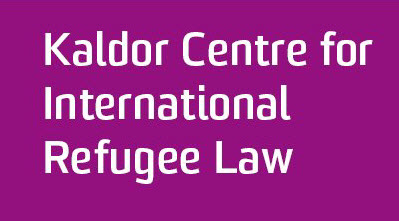'Complementary protection' describes the obligations that States have under international human rights law to protect people who are at risk of serious human rights violations if removed, but who do not qualify as ‘refugees’ under the 1951 Refugee Convention. For instance, States are prohibited from sending people back to places where they face a real risk of being subjected to torture or cruel, inhuman or degrading treatment or punishment, or being arbitrarily deprived of their life.
This project examines the operation of complementary protection regimes around the world. It has a particular focus on Australia and New Zealand, providing a weekly update of all complementary protection decisions by courts and tribunals in those jurisdictions that shed light on how the concept is interpreted and applied.
